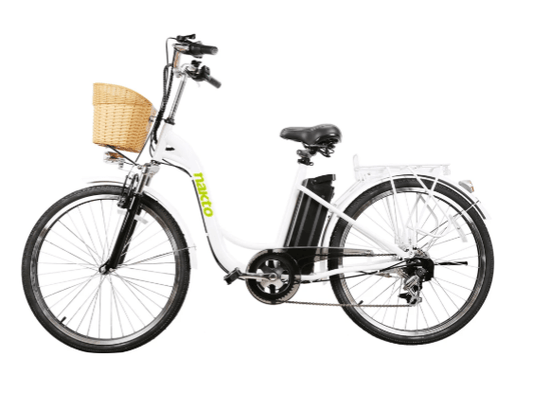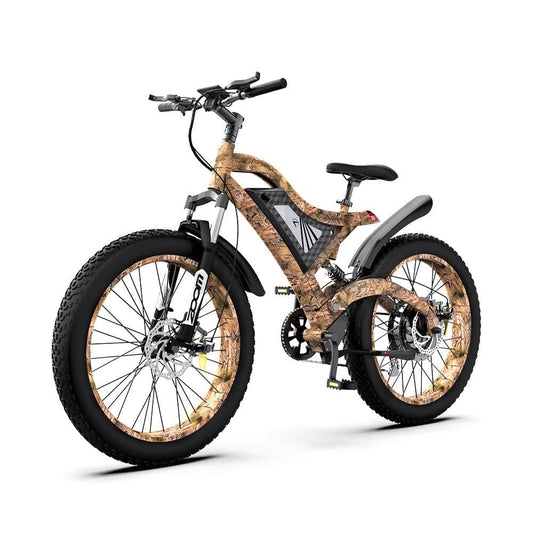The first electric bike was created in the 1890s by Humber, a British bicycle company. The e-bike had a motor in the front wheel, which was powered by a battery. This made it possible to ride longer distances without getting tired.
In 1997, Schwinn introduced the first mass-produced electric bike, called the Power Bike. The Power Bike had a lead-acid battery and could travel up to 20 miles on a single charge.
In 2004, BMW released the first Lithium-ion battery-powered electric bike. This made electric bikes more efficient and lighter, as well as increased their range. Today, there are many different types of electric bikes on the market, with different features to suit different needs.

How do Electric Bikes Work?
Electric bikes work by using a battery to power an electric motor. This motor is usually located in the front or rear wheel and provides power to the bike when you pedal. The amount of power provided by the motor will depend on the model of the bike, but can typically assist up to 20 mph.
Most electric bikes also have a throttle that you can use to get power from the motor without pedalling. This can be useful if you need to get up a hill, or if you simply want to go faster.
Electric bikes are a great way to get around without having to worry about getting sweaty, and they're also more environmentally friendly than traditional petrol-powered vehicles. If you're thinking about buying an electric bike, make sure to do your research to find the perfect model for you.

How does an ebike motor work?
An e-bike motor works by using a battery to power an electric motor. This motor is usually located in the front or rear wheel and provides power to the bike when you pedal. The amount of power provided by the motor will depend on the model of the bike, but can typically assist up to 20 mph.
Does the battery make the bike go faster?
No, the battery does not make the bike go faster. The motor provides power to the bike, which is used to assist you when pedalling. The amount of power provided by the motor will depend on the model of the bike.

How long does the battery last?
The battery life will depend on how often you use the bike and how far you travel. Most electric bikes have a range of 20-40 miles, which means you can usually get around without having to recharge too often. However, if you are using the bike for commuting or other long journeys, you may need to recharge more frequently.
Can I pedal an electric bike?
Yes, you can pedal an electric bike just like a regular bicycle. However, most electric bikes also have a throttle that you can use to get power from the motor without pedalling. This can be useful if you need to get up a hill, or if you simply want to go faster.

Do electric bikes pollute the environment?
No, electric bikes do not pollute the environment. They are more environmentally friendly than traditional petrol-powered vehicles.


![Nakto Elegance 2 Electric City Bike [48V 22"]](http://journeybikes.com/cdn/shop/files/19.jpg?v=1739895302&width=533)
![X-Treme Newport Elite Beach Cruiser Electric Bike [24V 300W]](http://journeybikes.com/cdn/shop/products/x-treme-electric-bikes-one-size-metallic-blue-x-treme-newport-elite-24v-beach-cruiser-ebike-3607137910898.jpg?v=1572877629&width=533)

